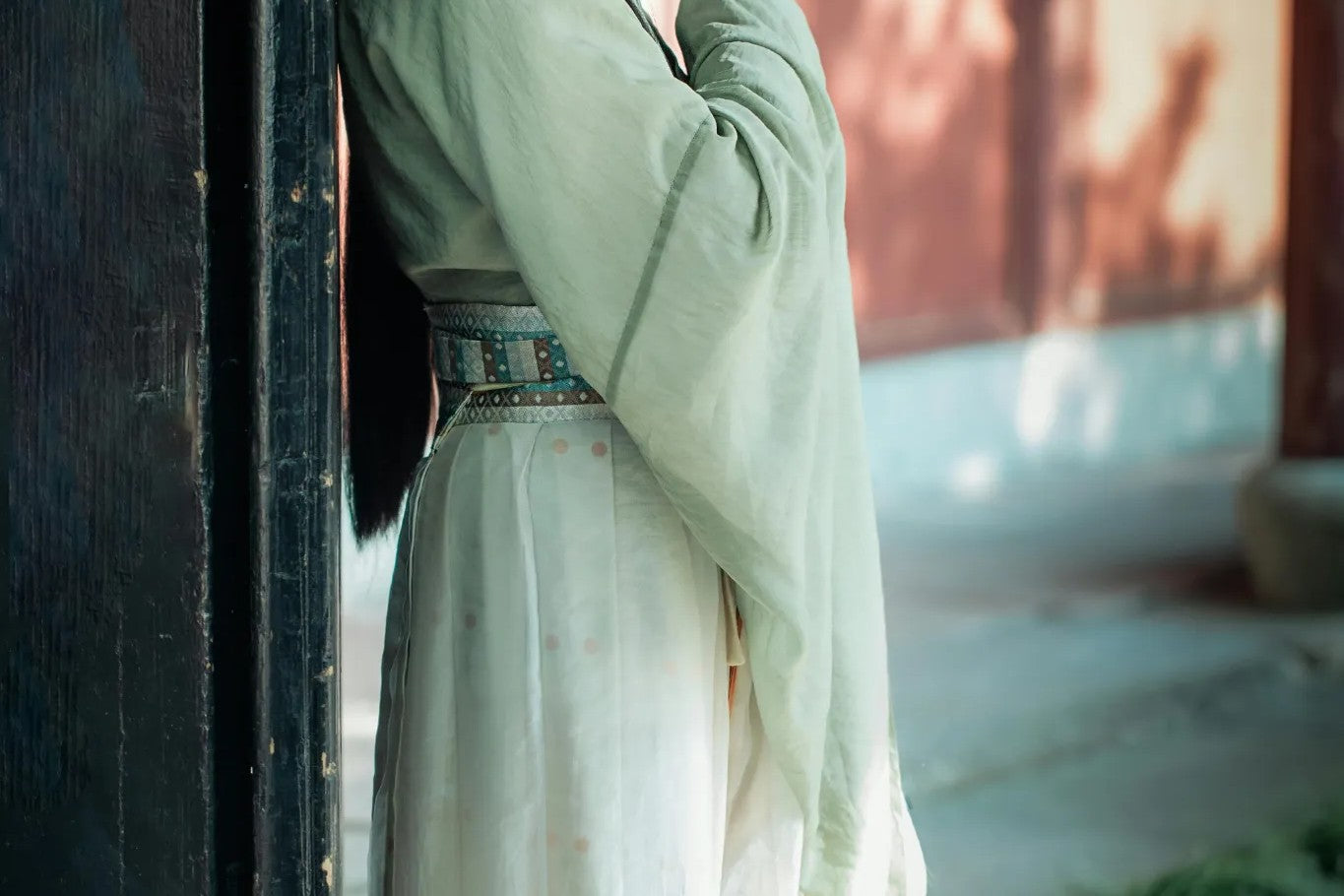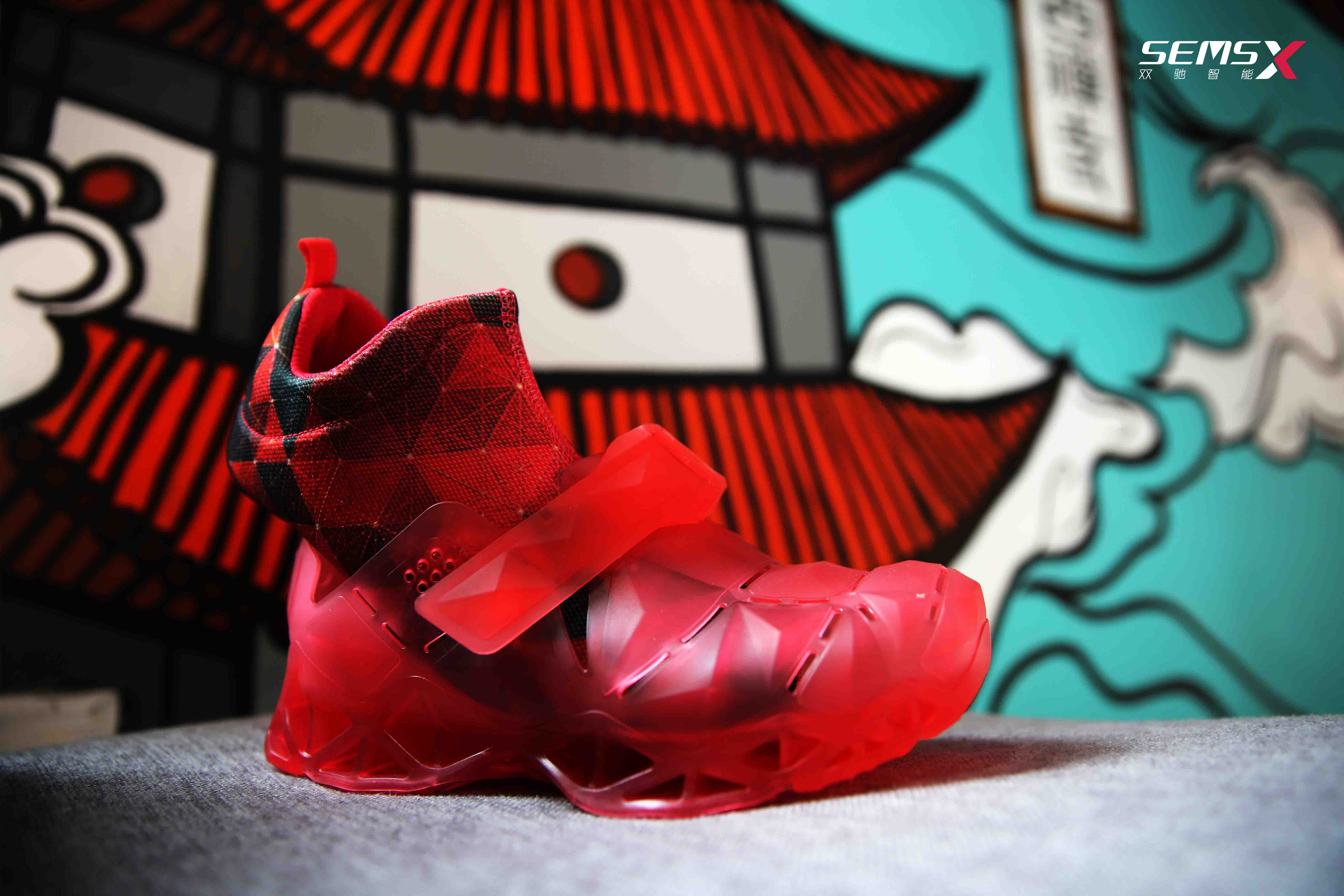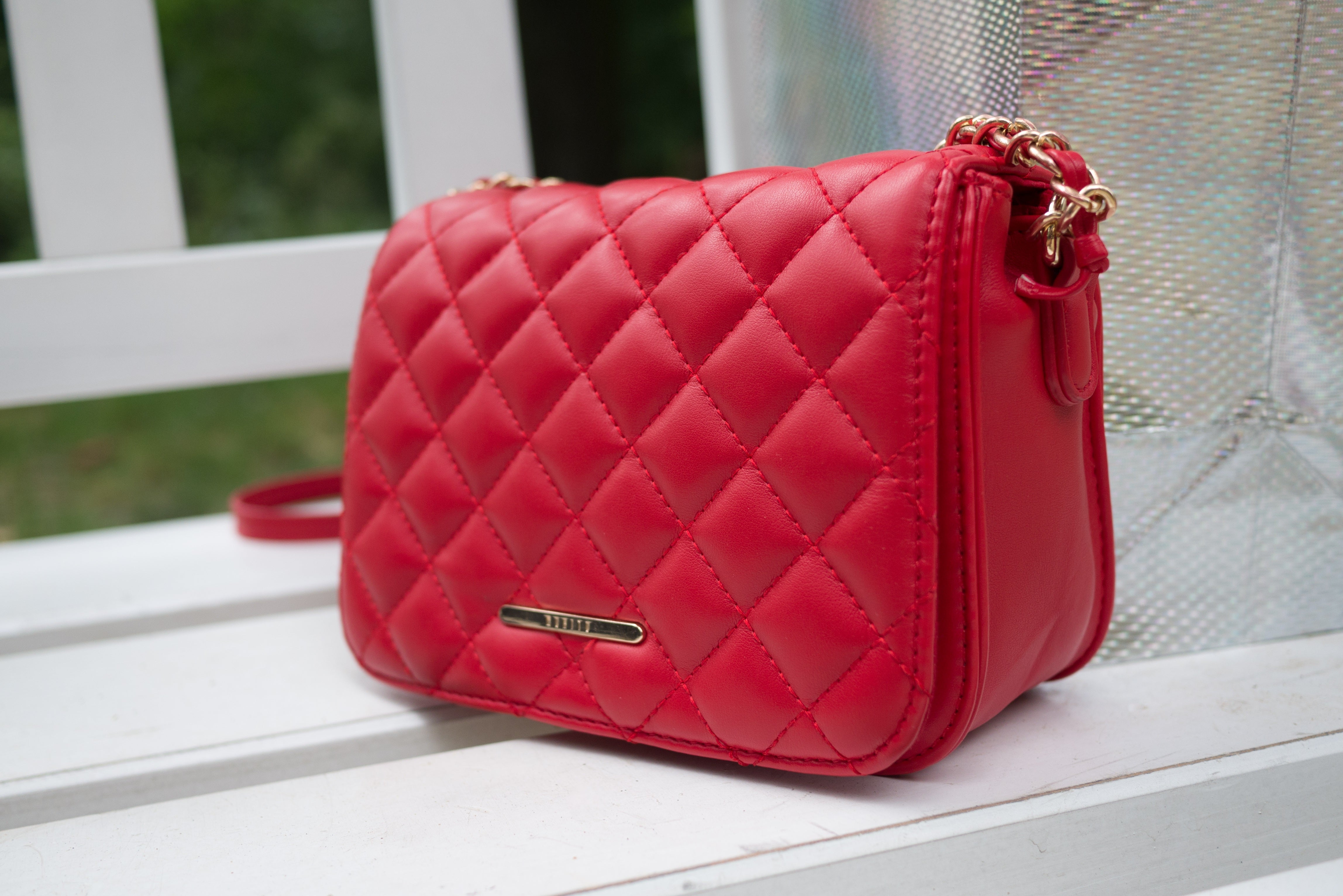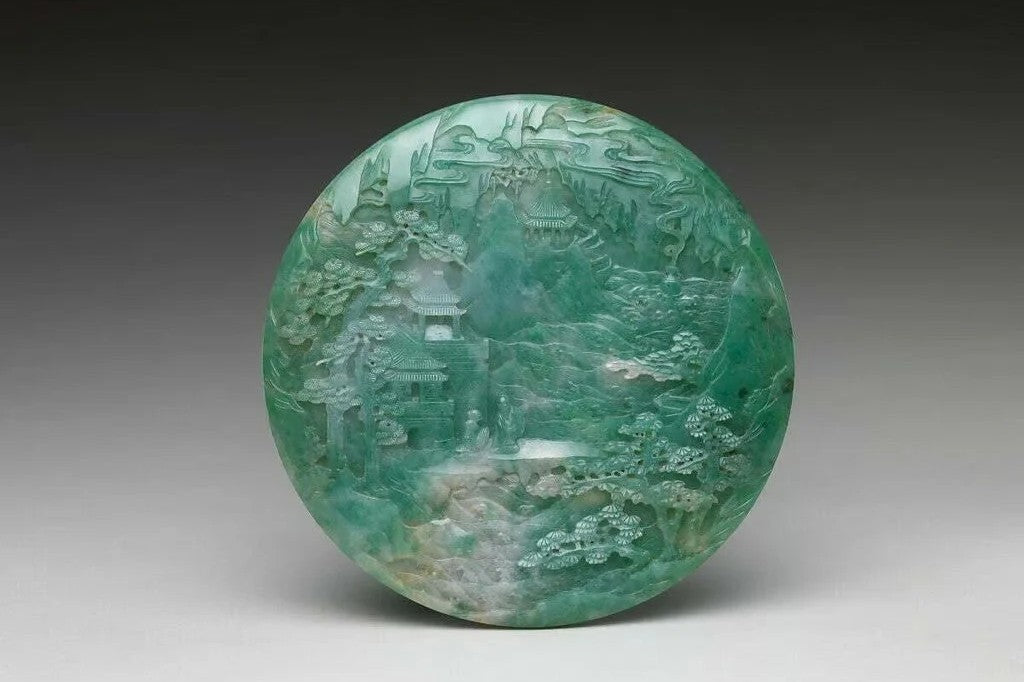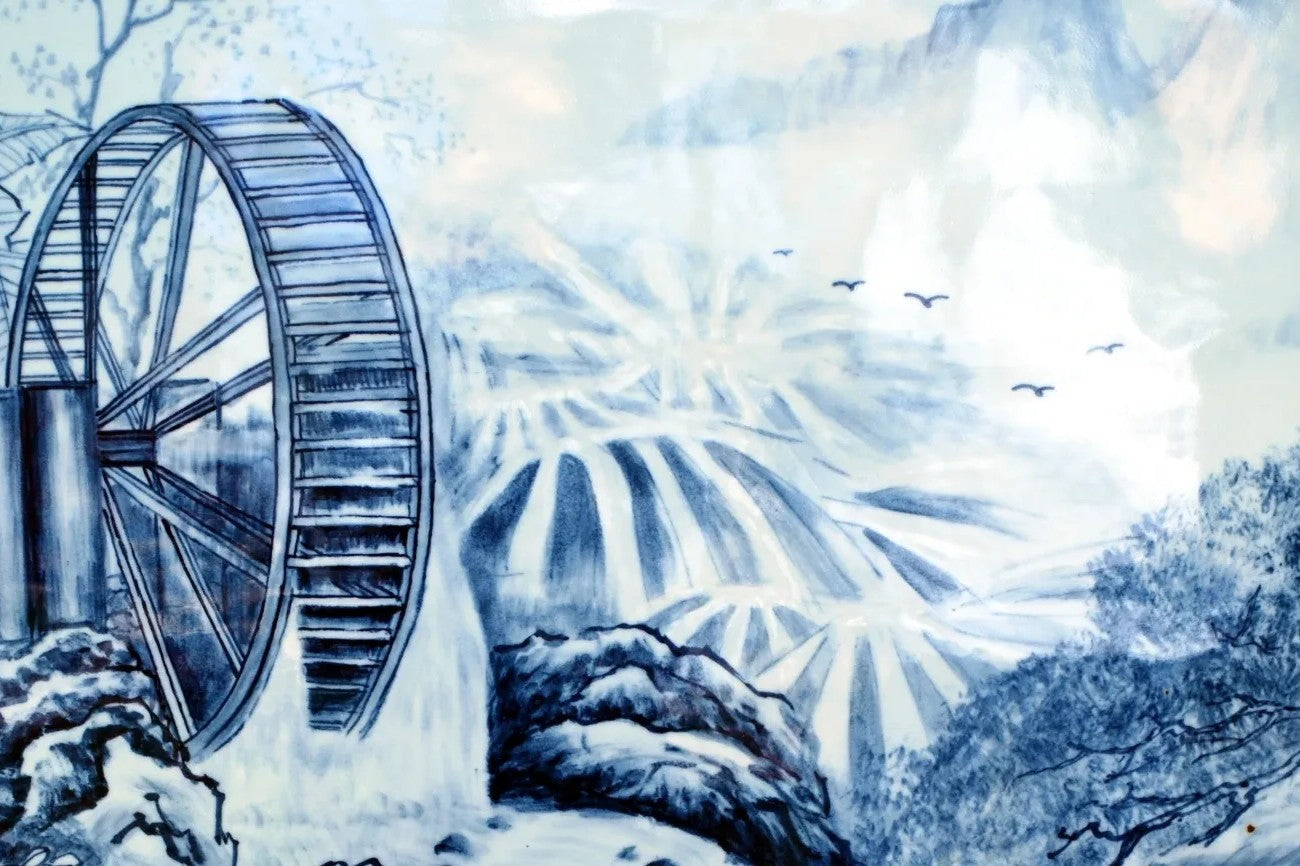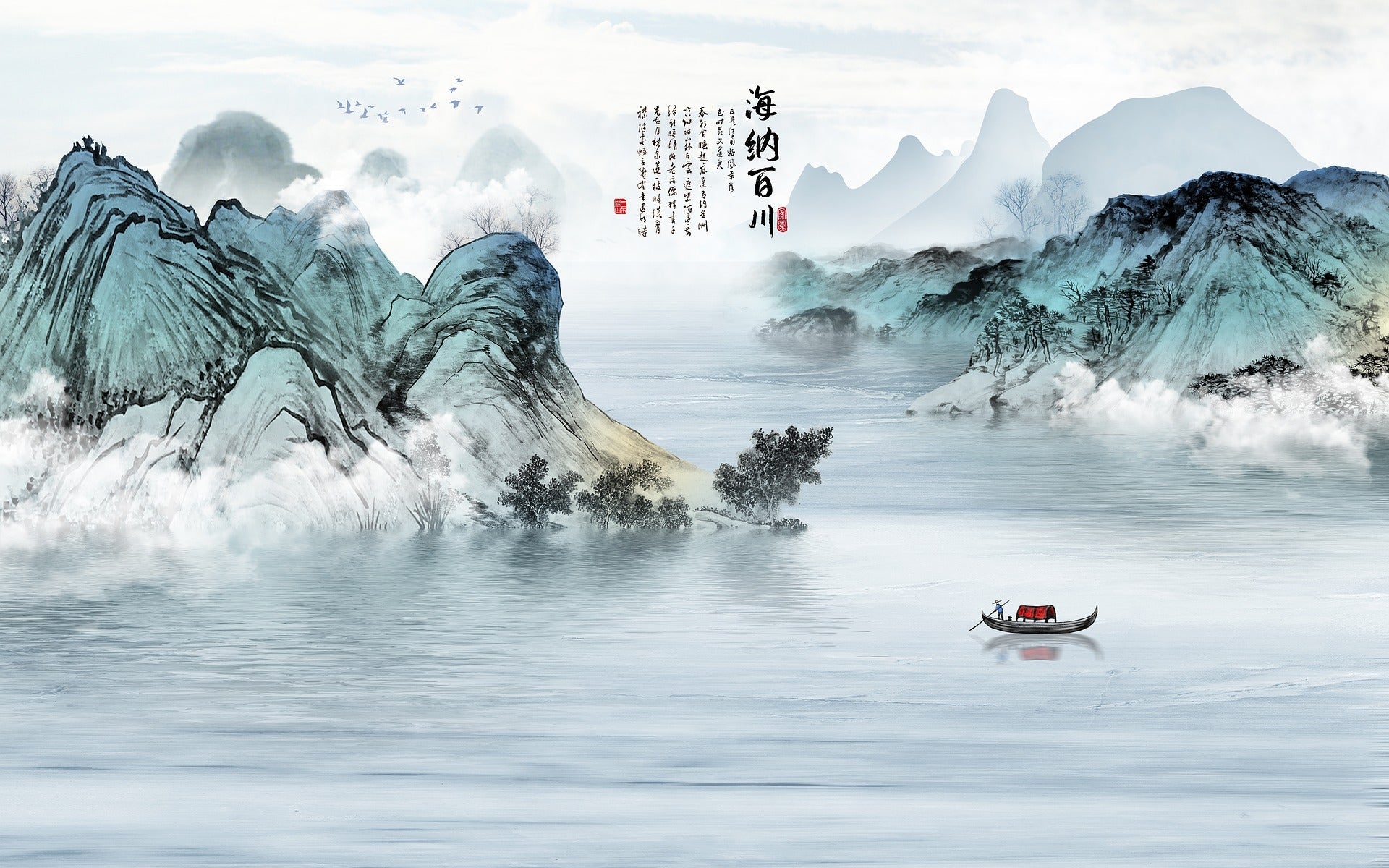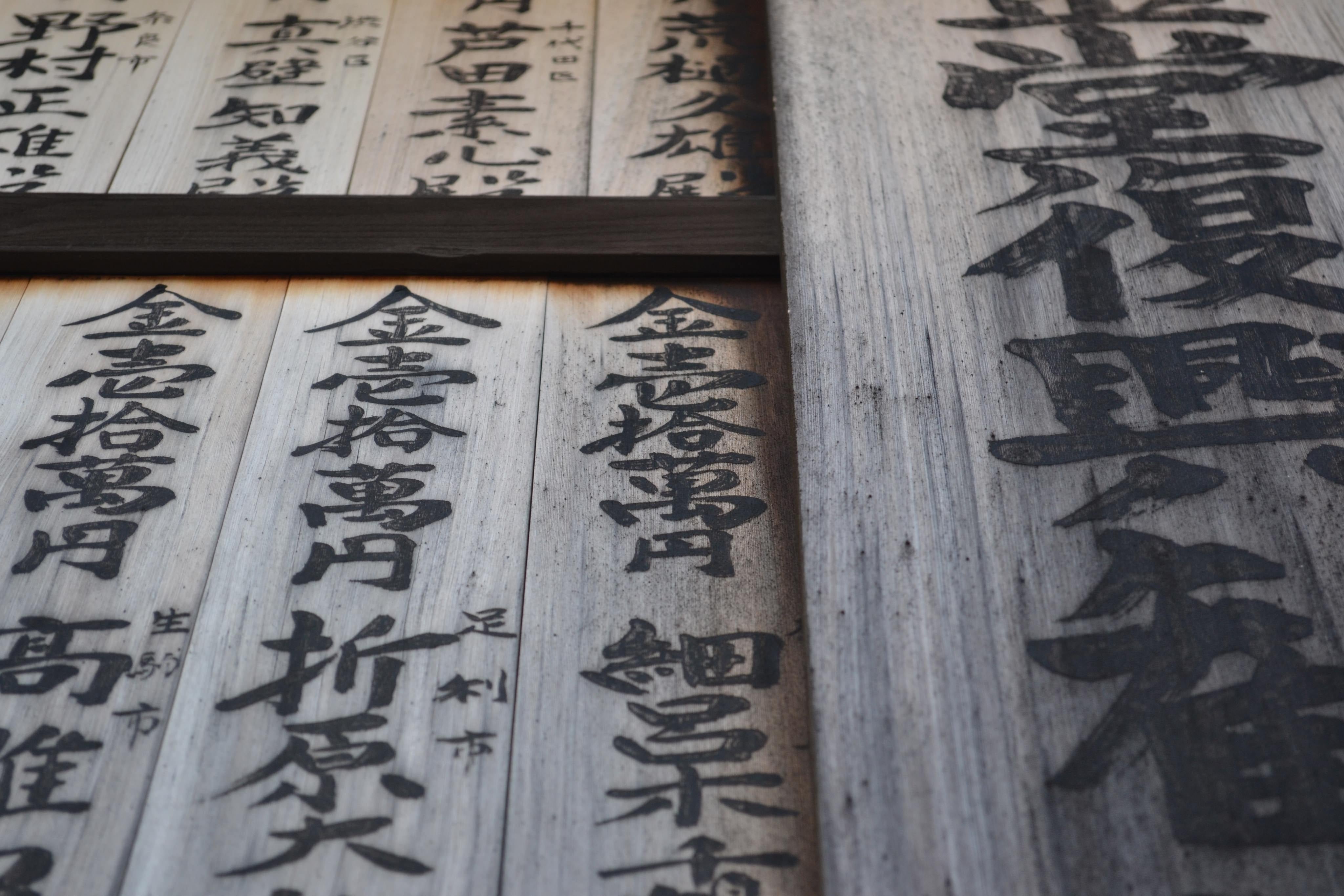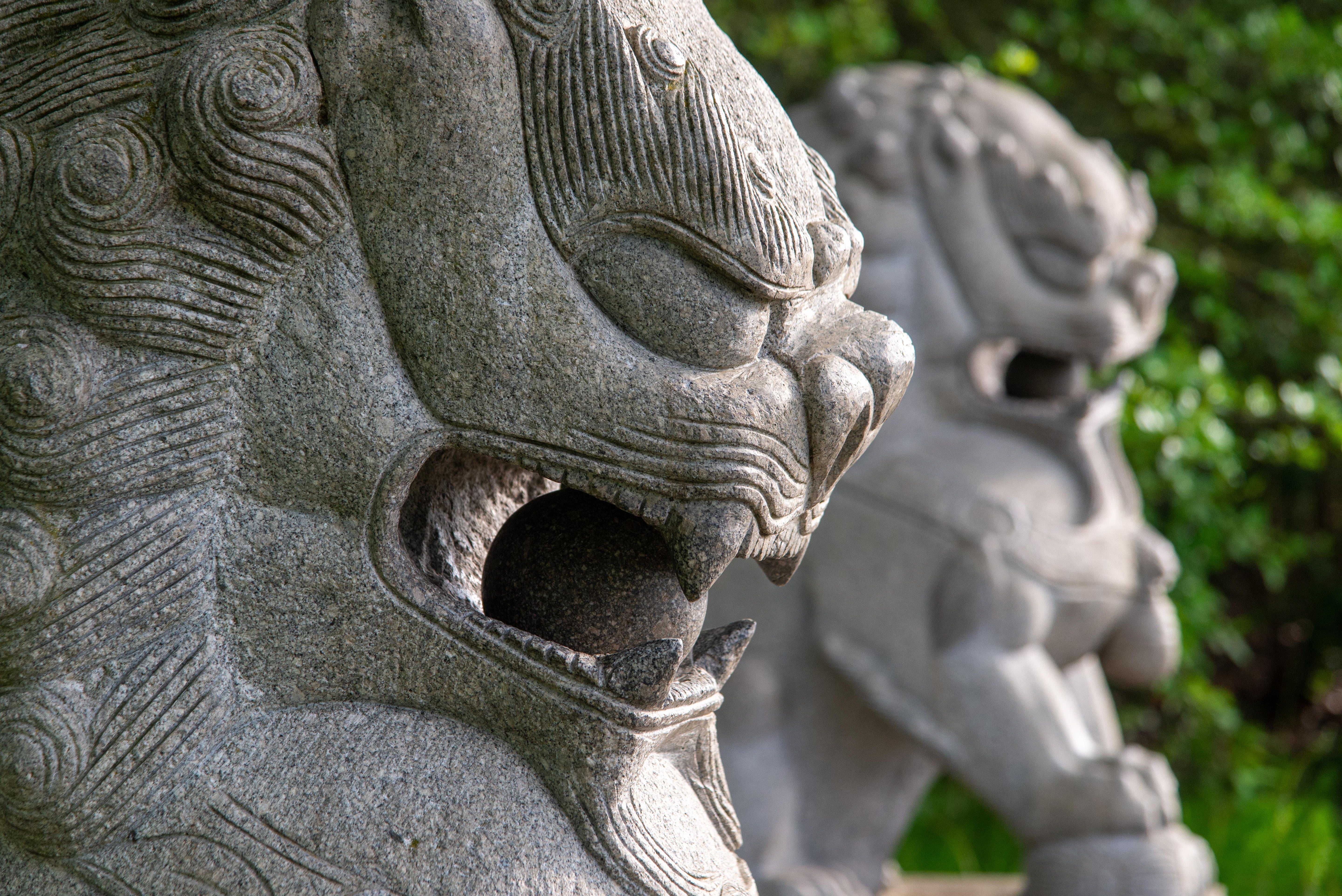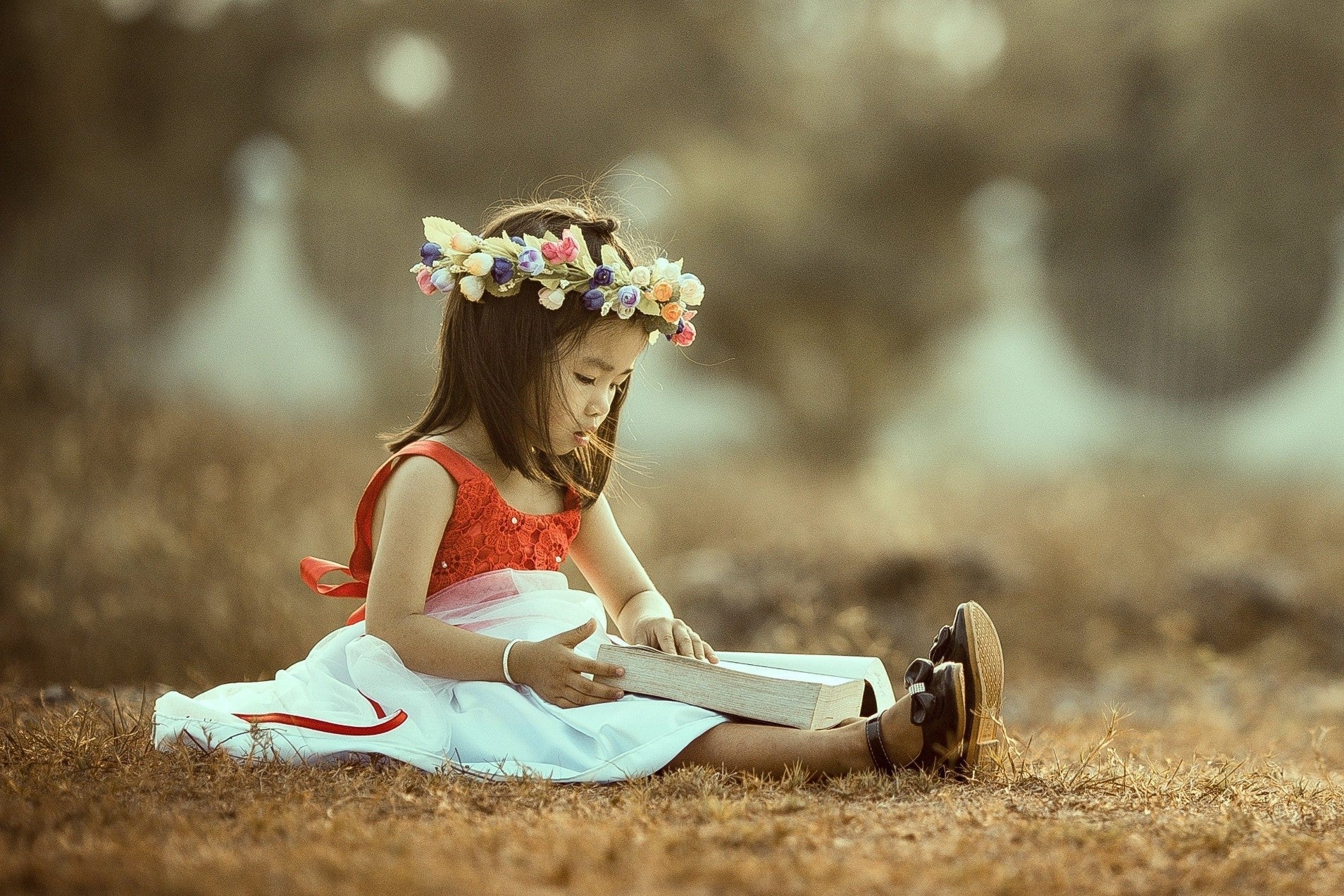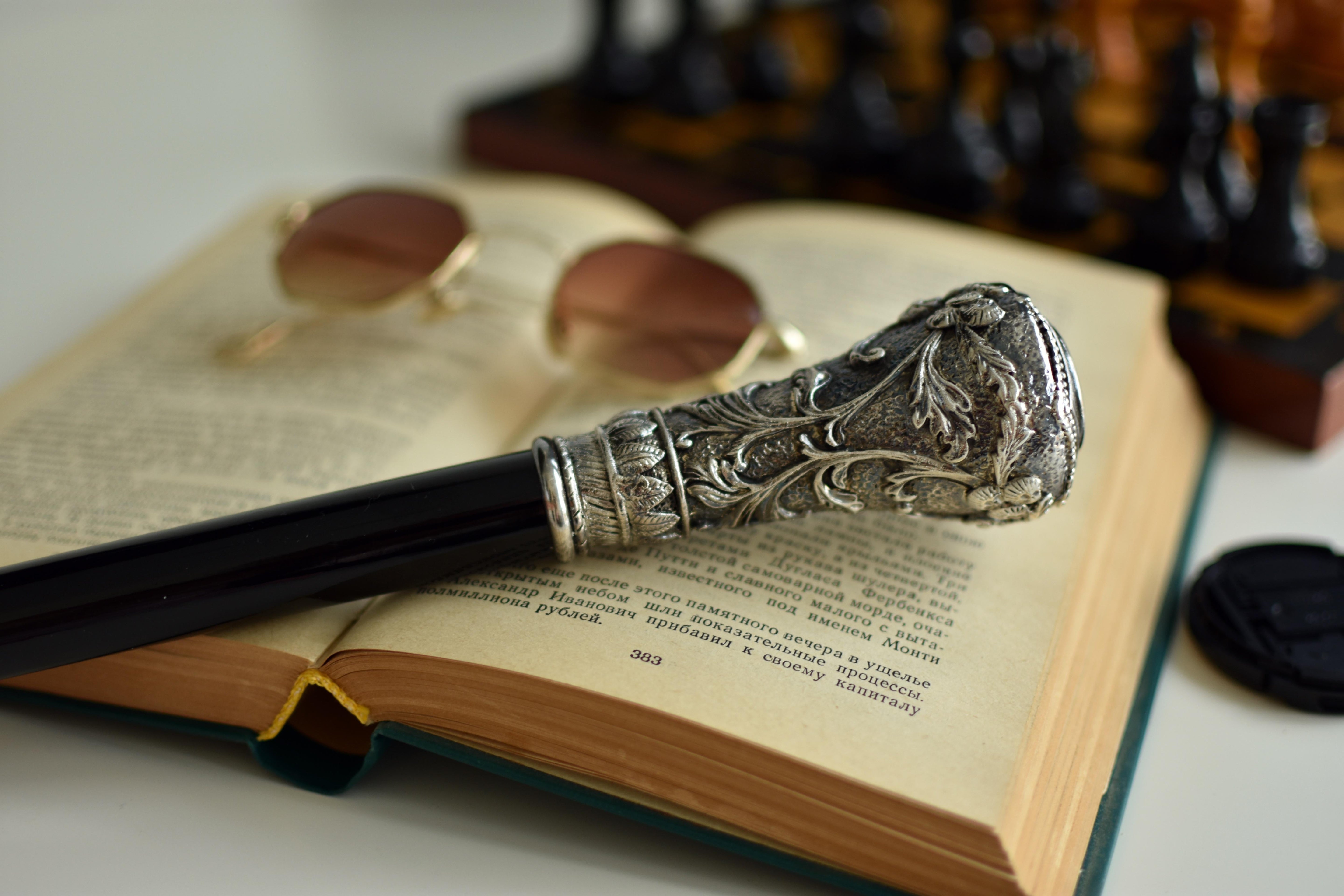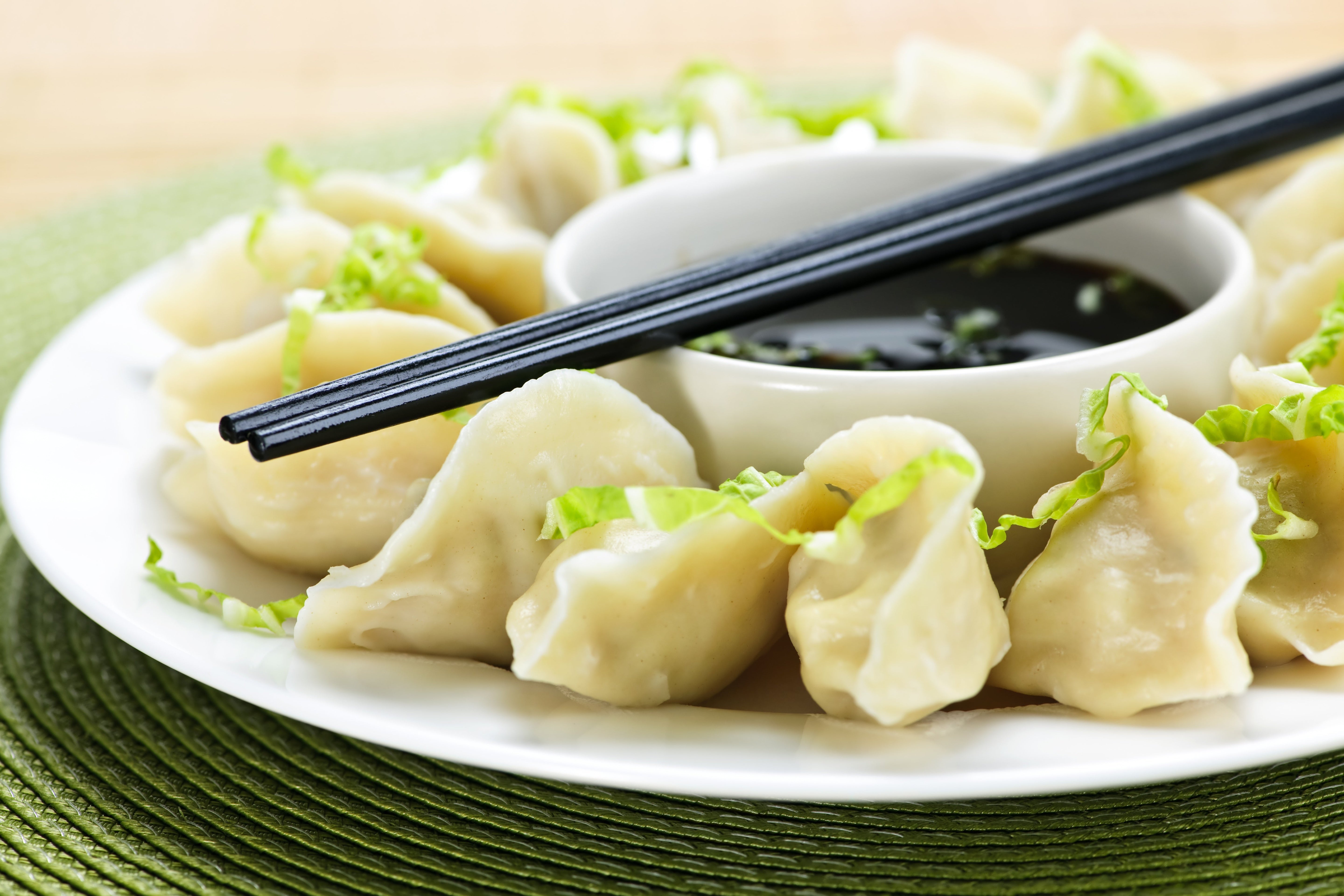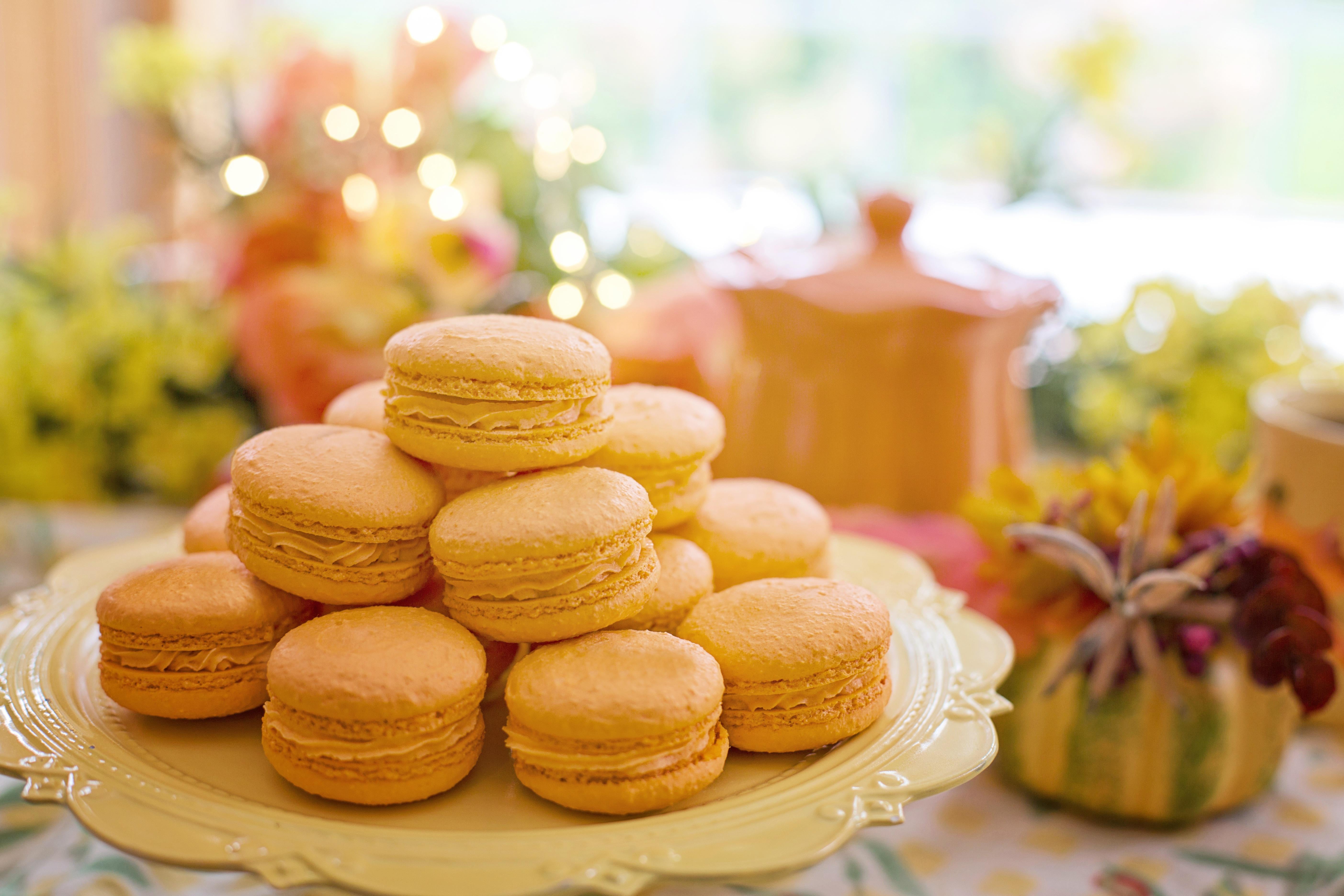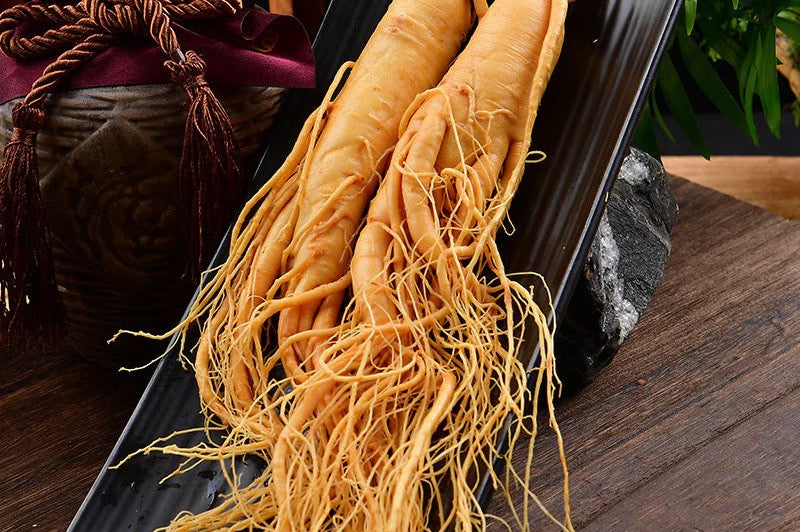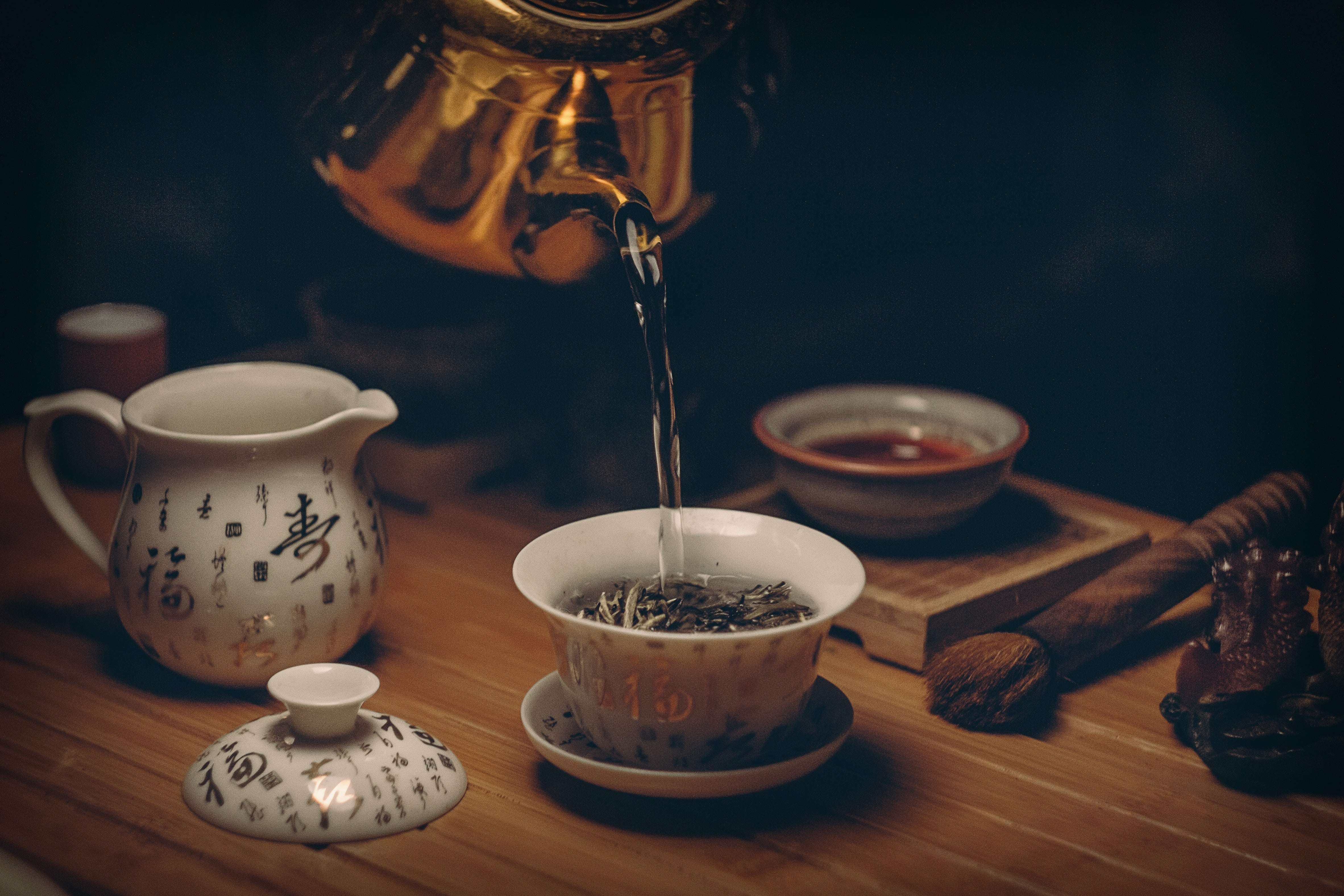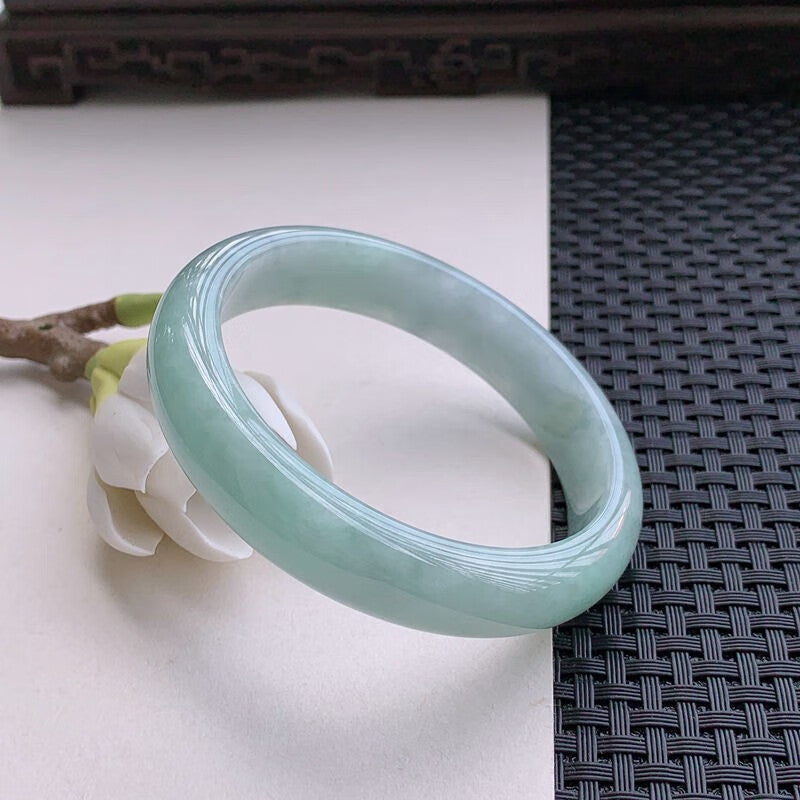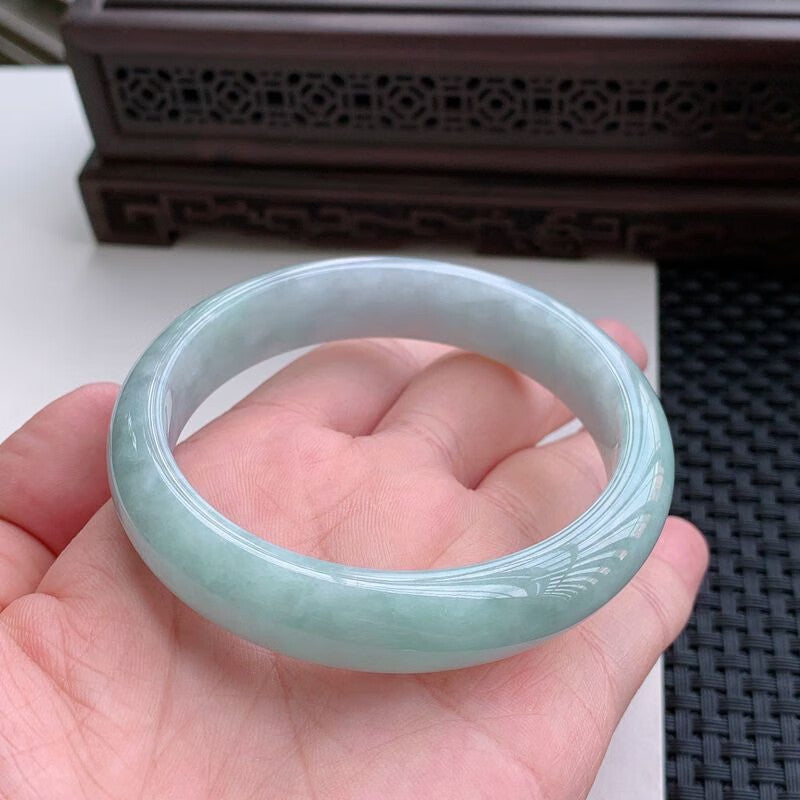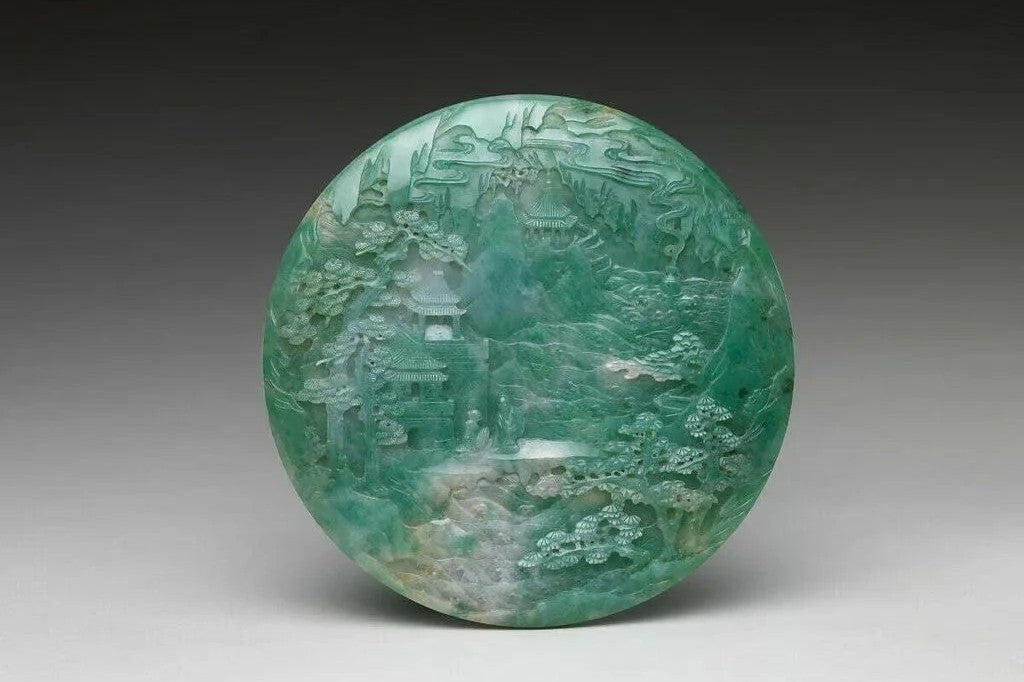
Gemstone
Jade and Liuli (Chinese colored glass) are two culturally significant materials in Chinese art, each with its unique characteristics, cultural meanings, and historical backgrounds.
-
Jade: Jade is a highly revered gemstone in traditional Chinese culture, with a history dating back thousands of years. Since the Neolithic era, jade has been used in China and endowed with rich symbolic meanings, often representing purity, kindness, wisdom, and noble character. In Chinese tradition, jade embodies the virtues of a gentleman, as its smooth and fine qualities reflect moral beauty. Jade artifacts, such as bi disks, cong tubes, and pendants, are often used as decorations, ceremonial items, and religious objects. The types of jade include Hetian jade, jadeite, and Dushan jade, each with distinctive colors and textures. Jade craftsmanship involves intricate carving and polishing, showcasing deep artistic and cultural value.
-
Liuli (Traditional Colored Glass): Liuli, or traditional Chinese colored glass, is a type of colored glasswork originally called "liaoqi" or "colored material." Unlike jade, Liuli is not naturally occurring but made by melting glass mixed with mineral pigments. During the Ming and Qing dynasties, Liuli was widely used in imperial architecture, religious statues, and items like glazed roof tiles and Buddha figures, symbolizing auspiciousness and nobility. Liuli is vibrant in color and has a glossy sheen, crafted using techniques like blowing, casting, and mold carving. Modern Liuli art pieces combine traditional techniques with contemporary designs, making them sought-after high-end decorative items for collectors and art enthusiasts alike.
